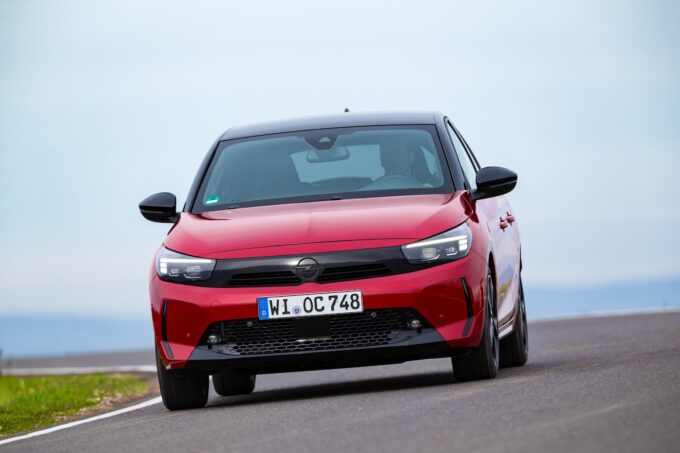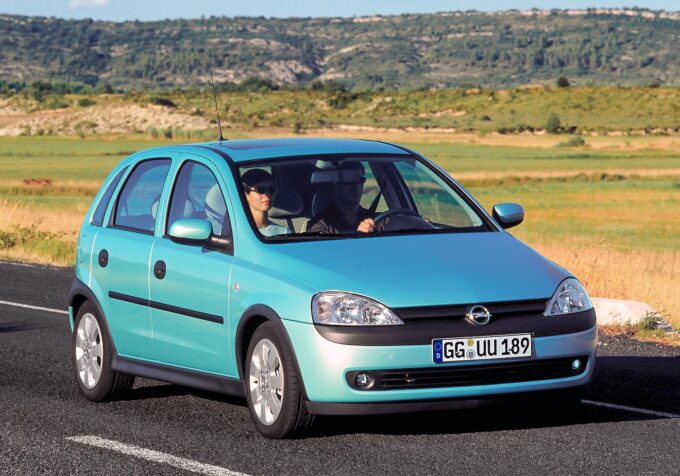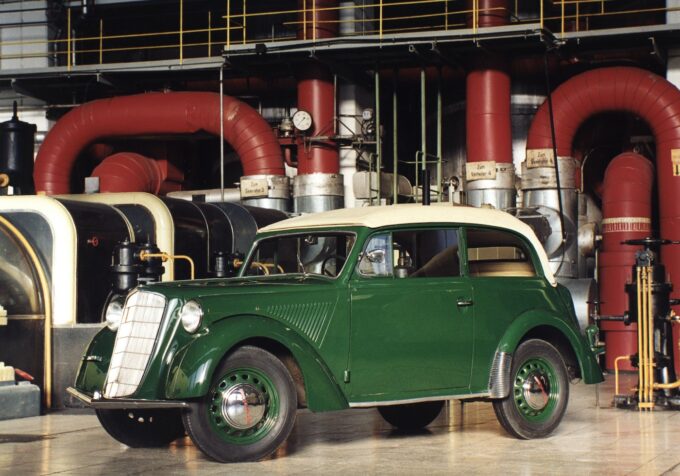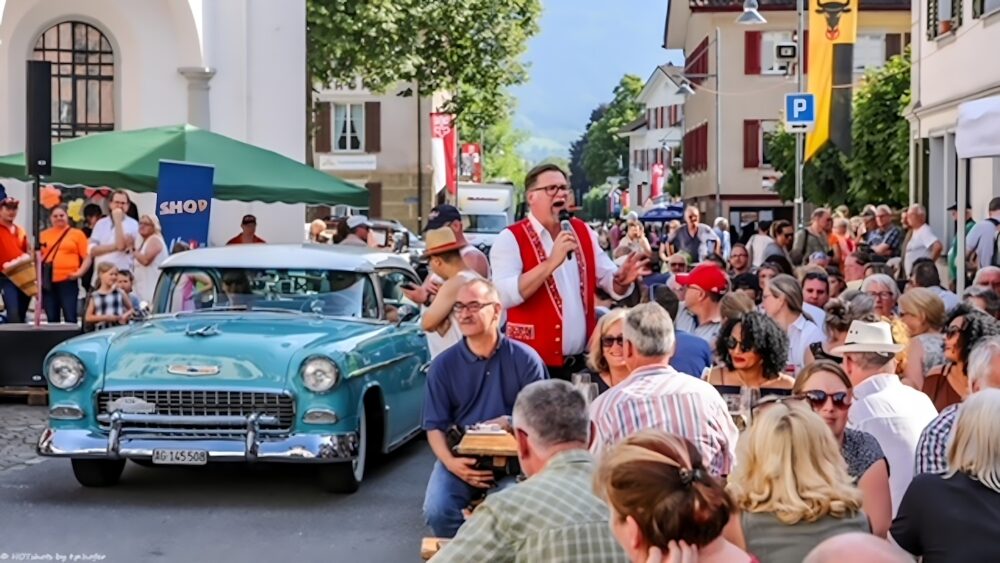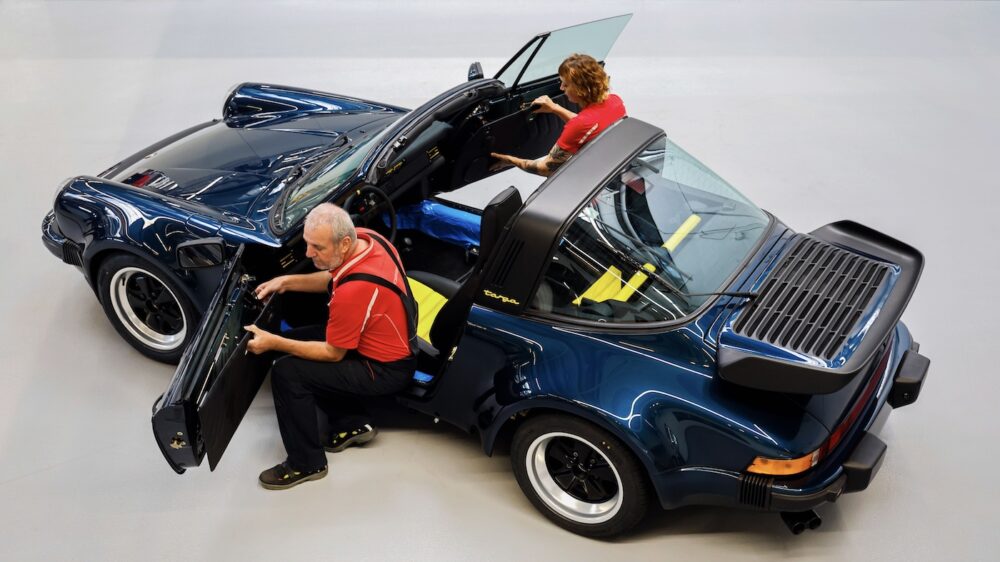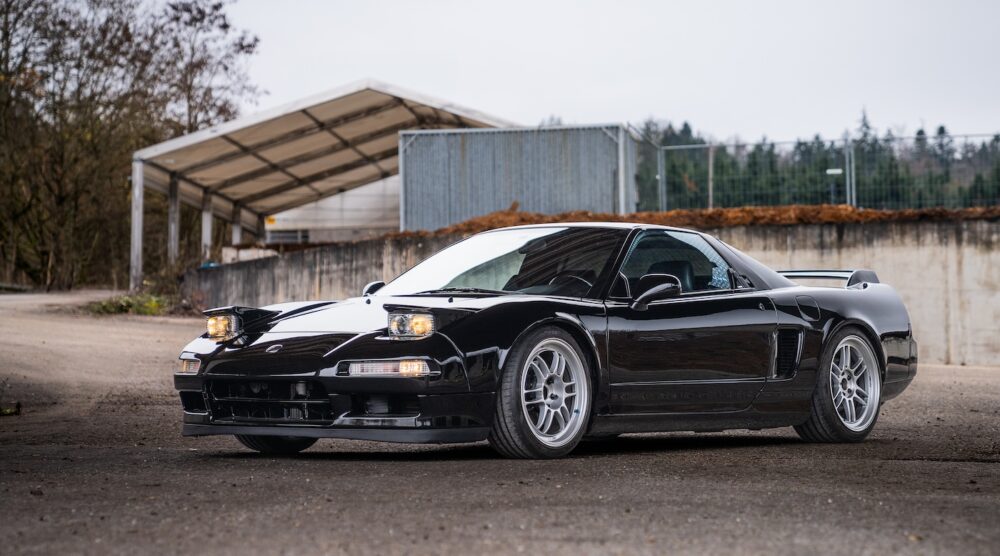Opel: From the tree frog to the Corsa 🎥
ANNIVERSARY 100 years ago, an inconspicuous automobile rolled off the production lines in Rüsselsheim, with which Opel - then just 25 years on the market - ushered in a new automotive era in Germany.
While most manufacturers in Germany were focusing on large and luxurious limousines and sports cars in the first year after inflation, the democratization of mobility began in Rüsselsheim. The two-seater was given the objective model designation Opel 4 PS, which, however, did not reflect its performance, but rather the tax division that was common at the time.
In fact, the Opel, powered by a 0.95-liter four-cylinder engine, initially had 12 hp, later 20 hp with a displacement of 1.2 liters. However, the small car, which was offered as a convertible, saloon and delivery van, was very similar to a French model, which also led to a plagiarism lawsuit, which Opel won because the 4 hp was painted green in contrast to the yellow model.
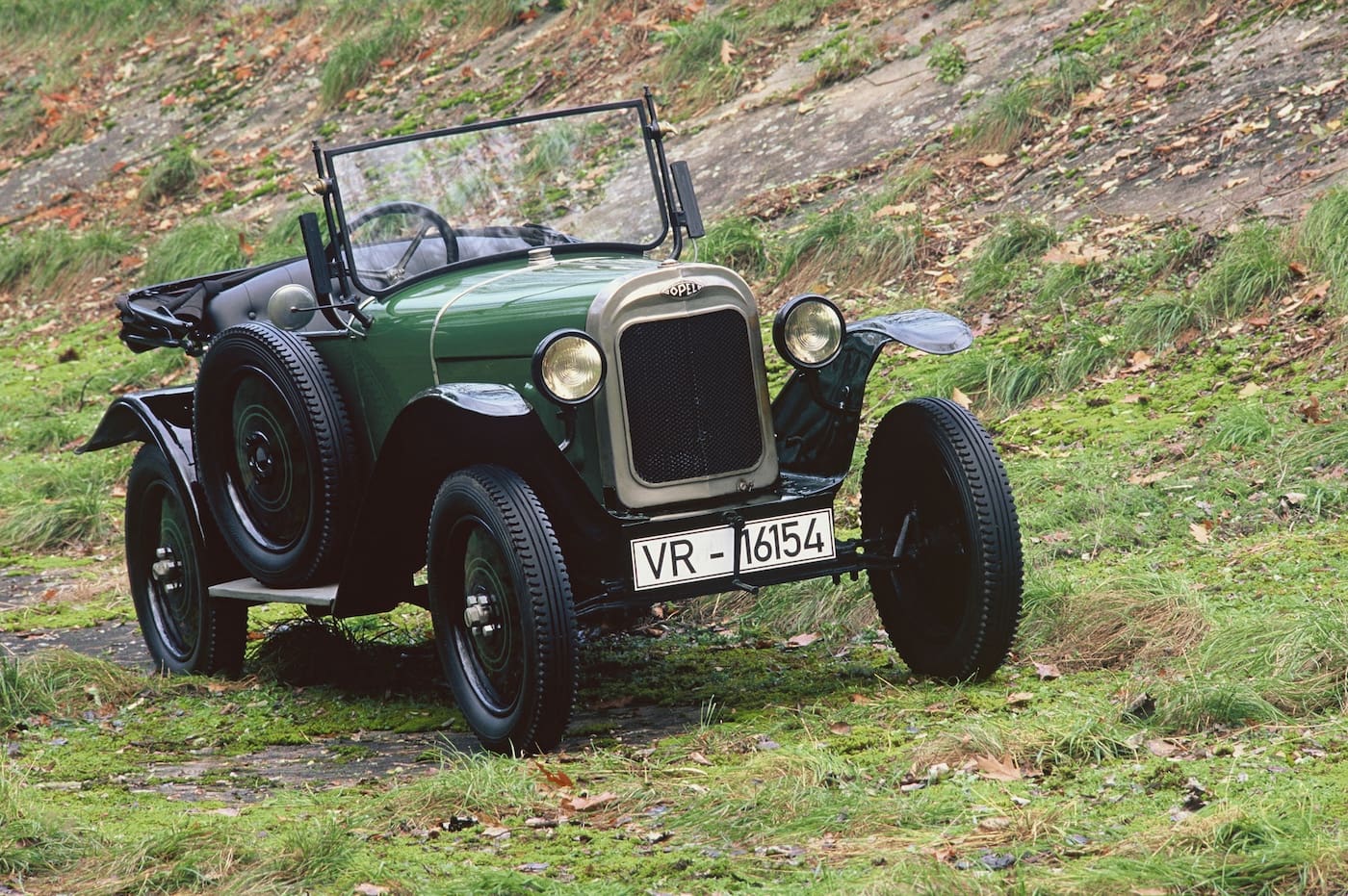
Dispute with Citroën
The phrase "The same in green" has its origins in the legal dispute with the French competitor Citroën. Opel was also the first German company to introduce assembly line production, and the two-seater, later popularly known as the Laubfrosch, is regarded as the first German automobile for the little man. More than 100,000 units were produced between 1924 and 1931.
The Laubfrosch marked the beginning of Opel's two-pronged model policy. In addition to the large Kapitän and Admiral saloons, which were offered to high-earning customers in the 1930s, the Rüsselsheim-based company also supplied vehicles for a less well-off clientele. The Opel Olympia, presented at the 1935 automobile and motorcycle exhibition in Berlin, started at 2,500 Reichsmarks and was also the first German mass-produced car with a self-supporting body.
Tradition of affordable mobility
The tradition of affordable mobility continues today with the Corsa, the first Opel model with front-wheel drive to be produced since 1982 and a regular among the most successful small cars ever since. Since the start of production, more than 14 million units of the small car have been produced, which has grown significantly over the course of its production time. While the original Corsa measured 3.62 meters, the current model is 4.06 meters long. Currently, every fourth Corsa sold is electric. It is powered by a 100 kW (136 hp) electric motor and the energy is stored in a 50 kWh battery, which enables a range of 354 kilometers.
Source: auto-medienportal.net
opel.ch







